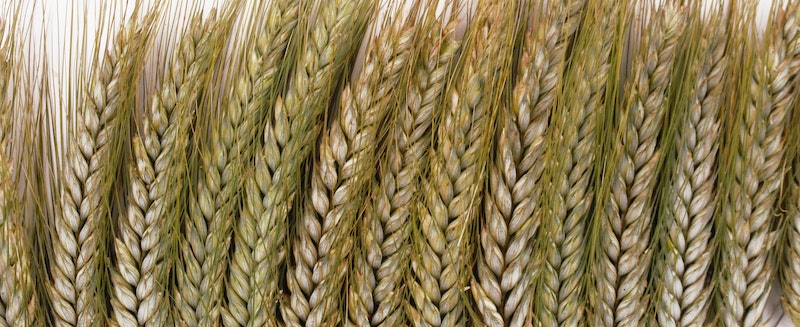By Lacie Armstrong
Research and benefits based on vertical farming are booming. Most coverage is based on produce being cross-stacked, but a new study published in the Proceedings of the National Academy of Sciences shows the practice could revolutionize the world’s ability to grow wheat.

Statistics show that the global population eats a lot of wheat. It’s the most widely grown crop in the world, and it accounts for approximately 20% of the calories and proteins in the average human diet. As the global population continues to grow, more wheat will need to be produced to sustain humanity. Vertical farming is being looked to, as a way to help.
The study showed that two growth simulation models of a 10-layer vertical farm set up with optimal artificial light, temperatures, and carbon dioxide levels showed 1,940 metric tons of wheat per hectare of ground per year grew. The current average growth of wheat is just 3.2 metric tons per hectare of land.
This study was of ground breaking importance. If the world’s population grows to 10 billion by 2050 as projected, the world will need to produce 60% more wheat to account for that growth. Statistics show that globally, one in nine people already face hunger, and the problem could become more acute as the population increases.
Bringing these wheat crop yields to fruition would come with massive challenges like rising temperatures and other changes in growing seasons and climate crisis are causing a lowering of crop yields around the world.
In regards to vertical farming, it is expensive. It requires massive amounts of energy to work, artificial lighting systems, watering systems and technology to ensure the perfect temperature and air quality conditions in these indoor environments.
Depending on how the systems are powered, that could be a problem for the climate. Previous research shows that powering these systems could require more energy than current high emission systems.

“No one has ever attempted to grow food crops under artificial lighting that’s as strong as sunlight, much less stronger, for the simple reason that it would require too much energy,” Stan Cox, a scientist and plant breeder at the Land Institute in Salina, Kansas, said.
Innovations could further lower the costs of vertical farming, but due to the current economic system, that could be a problem for farmworkers, who are already seeing their pay get cut. For these reasons, vertical farming will continue to be a controversial topic.
The study also notes that there are also many unanswered questions about growing wheat in indoor facilities. It’s not clear, for instance, what the nutritional value and quality of indoor-farmed wheat would be, or what diseases could arise in such facilities.
Though their projected crop yields are exciting, even if vertical farming does work, it can’t be the only solution to our agricultural issues. Other systemic changes, including reducing food waste, moving away from meat-centric agricultural systems, diversifying crops, and improving soil health, should also play a role.







